Case Number : Case 1476 -19 February Posted By: Guest
Please read the clinical history and view the images by clicking on them before you proffer your diagnosis.
Submitted Date :
Case History: F70. Scalp nodule ?SCC ?Adnexal
Case posted by Dr Richard Carr
Case posted by Dr Richard Carr




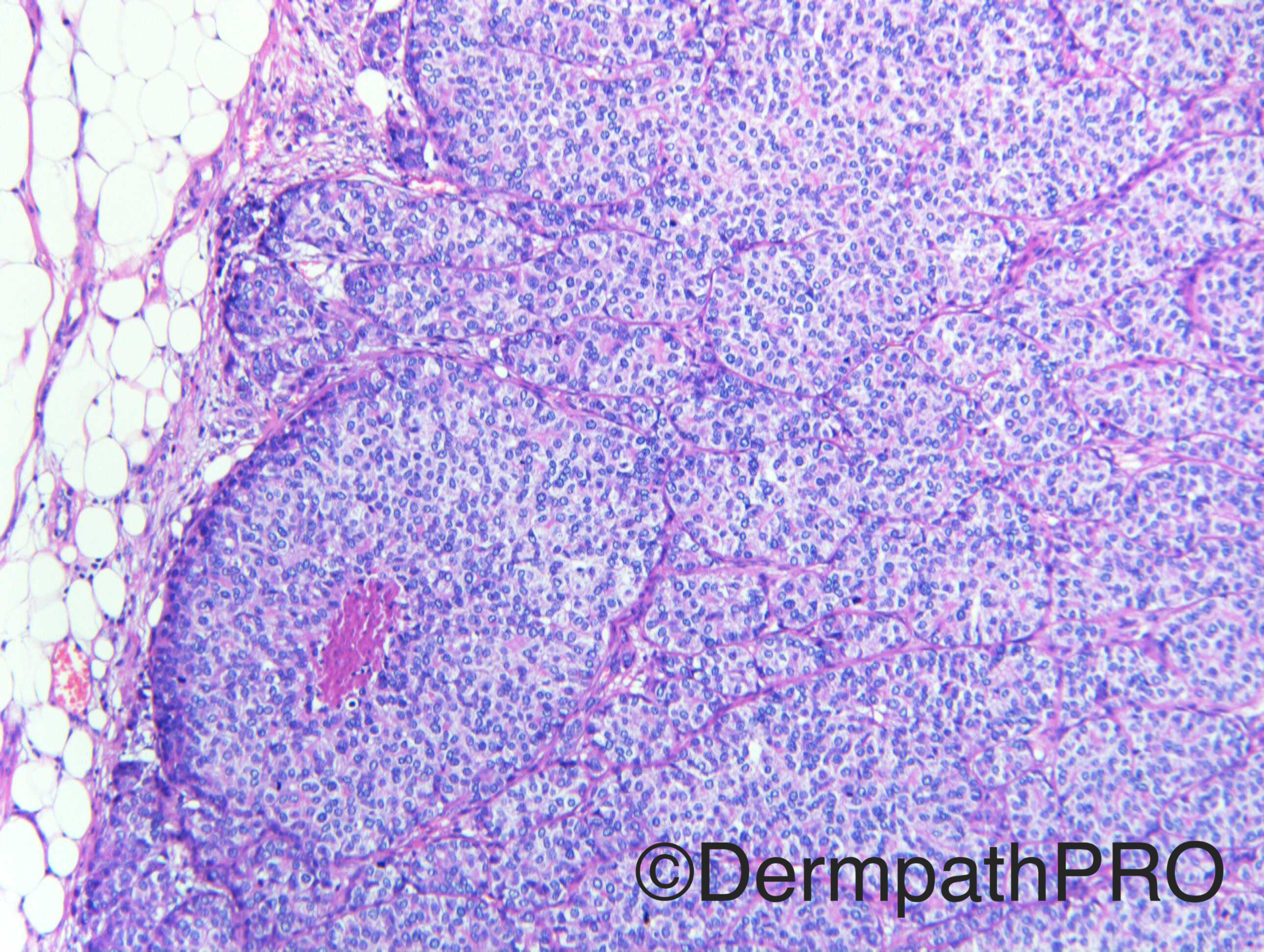

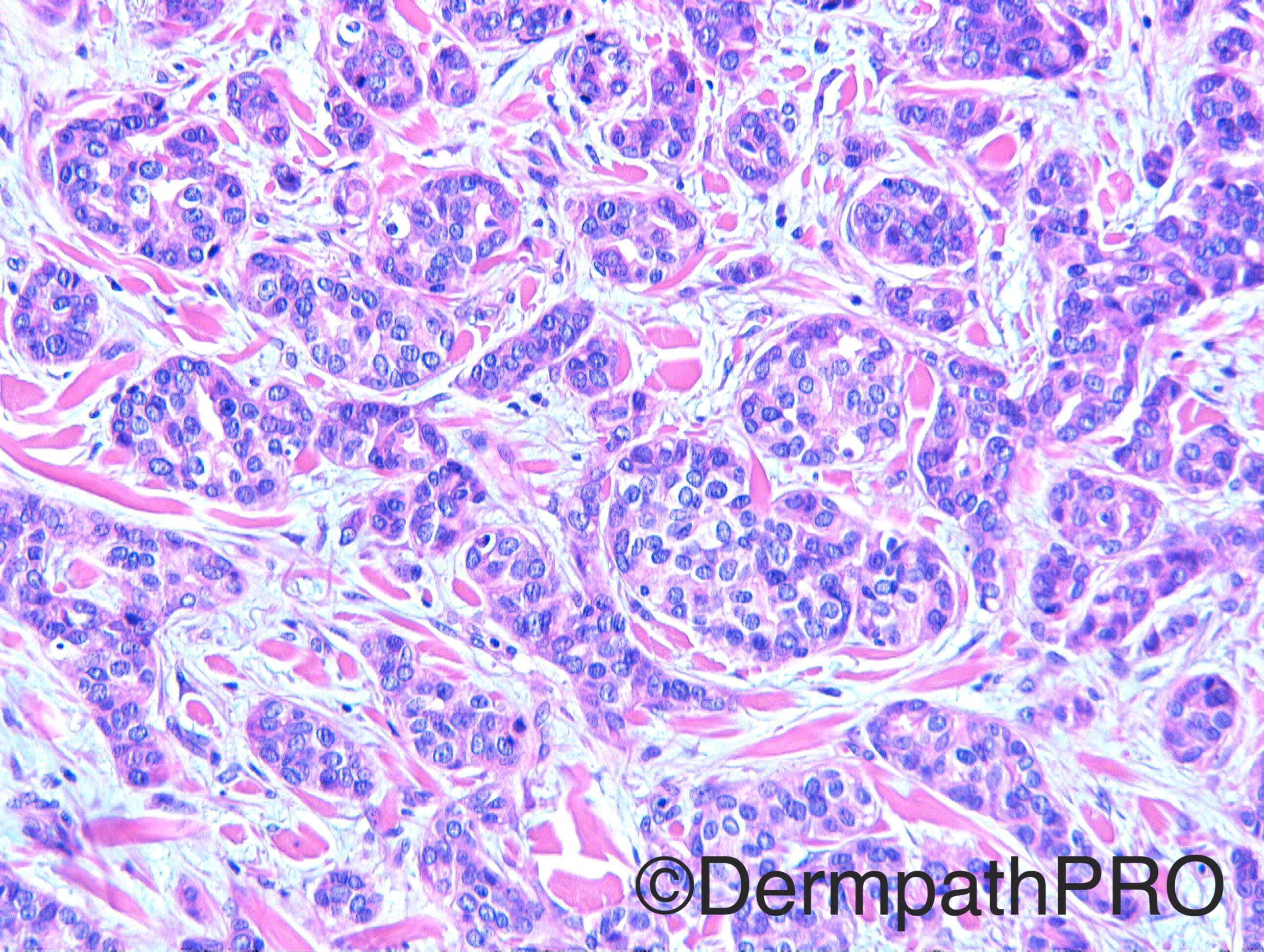
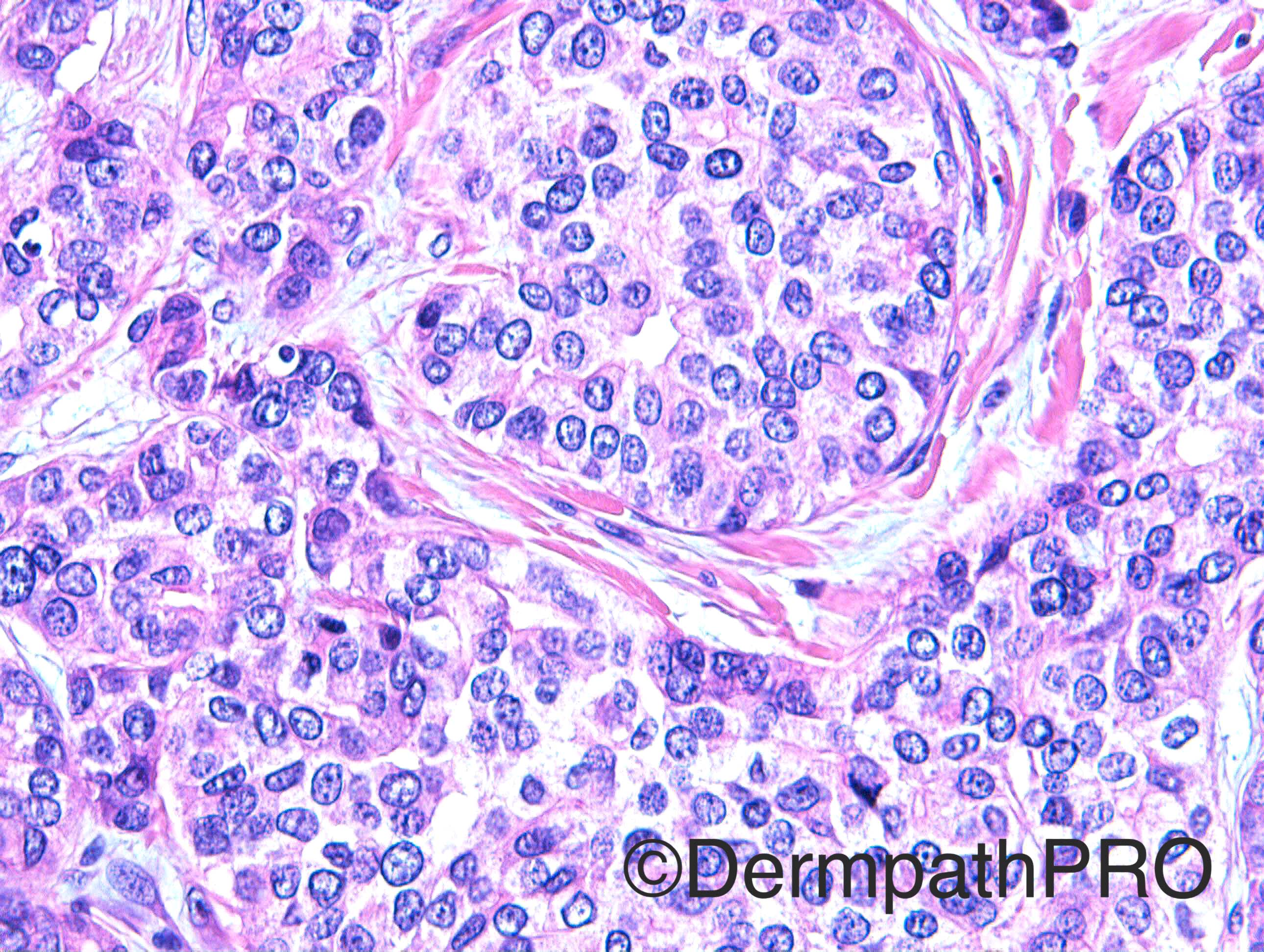

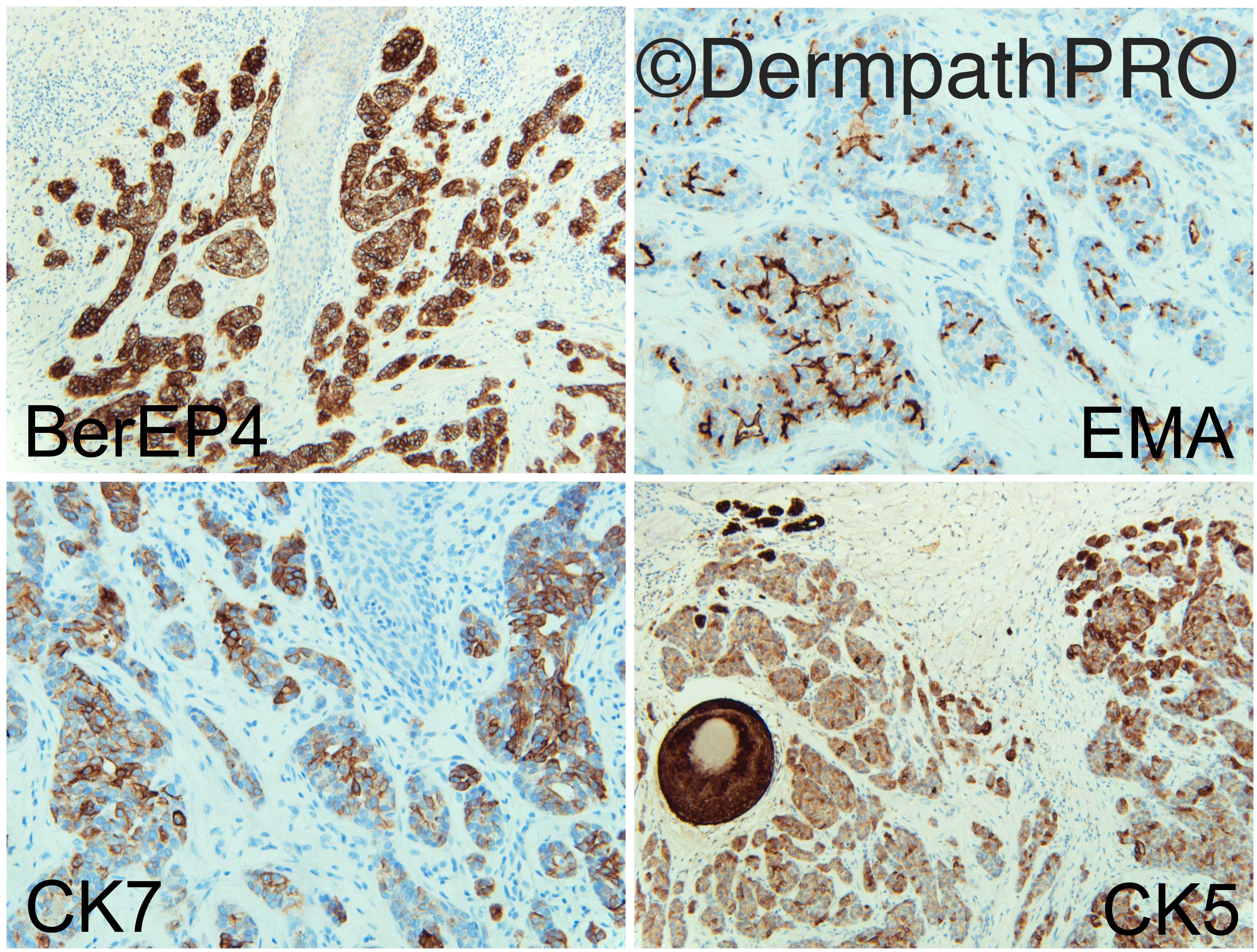
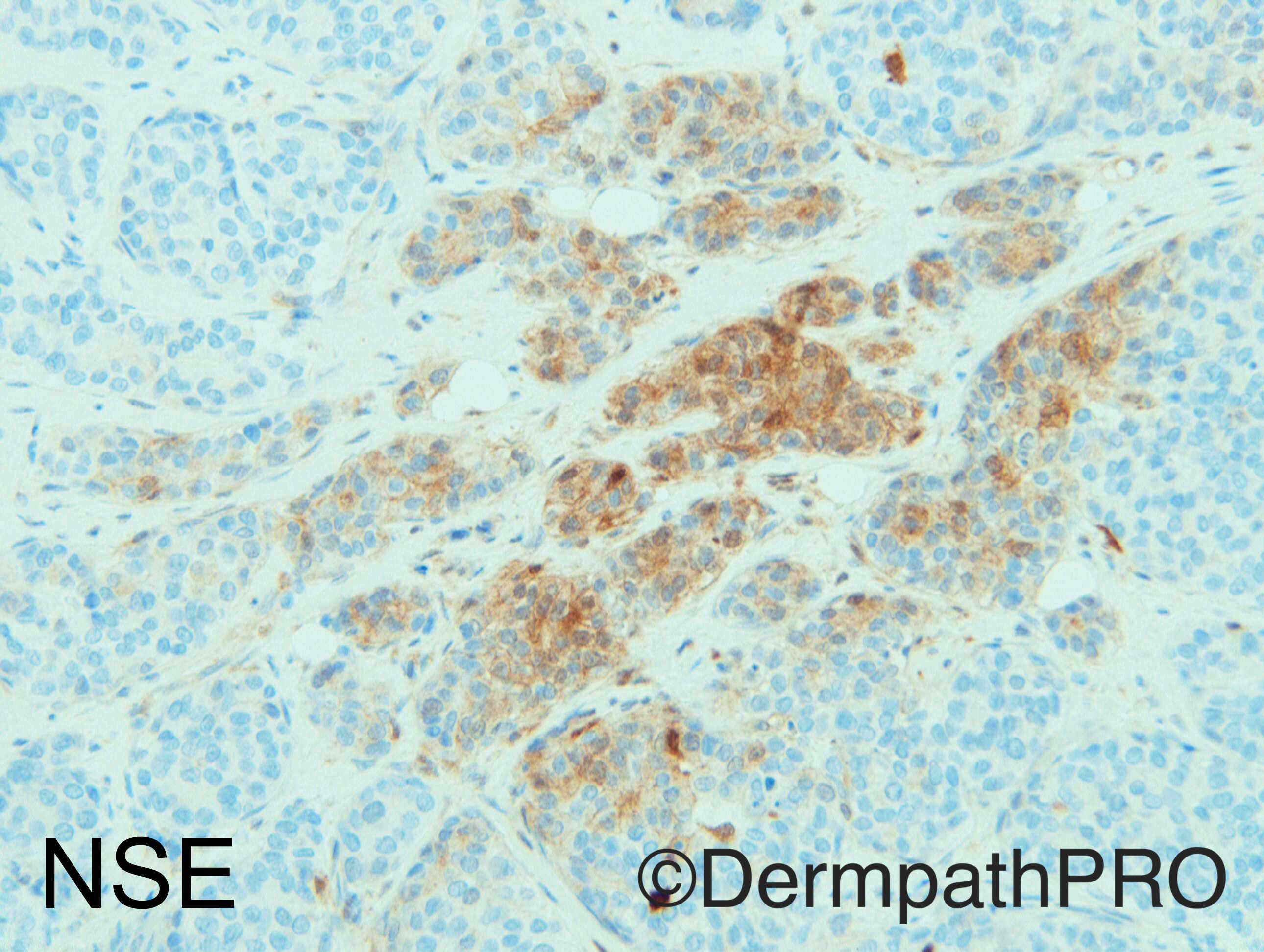
Join the conversation
You can post now and register later. If you have an account, sign in now to post with your account.